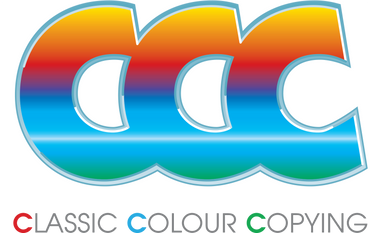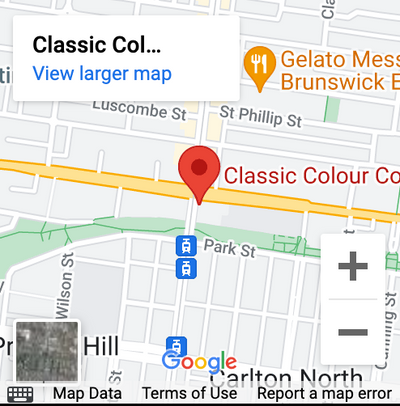There’s probably nothing more unique and sophisticated than embossed business cards to represent your brand. As a business owner or professional individual, it’s important to make a good first impression in order to showcase your skills and professionalism before potential clients even have the opportunity to ask what you do for a living.
However, there are a few key elements to include when thinking of designing embossed business cards – ensuring that every detail is exactly the way you want it.
1. Choose one or two colours.
Choosing simple for an embossed look is vital for creating sophistication and easy reading. If you can, stick with one or two colours in order to make the embossing pop and allow the recipient to easily reads what you’ve printed on the front. If not, you may create too much confusion or activity. Remember, the embossed look will create definition to an otherwise plain look, so you have to keep it simple if you’re trying to portray a modern and sophisticated look or feel.
2. Pay attention to the reverse side.
Embossed business cards will create a clear dent on the reverse side, so it’s important to remember that you can’t really print any fine printing on the back. Not only will you not be able to read it clearly, it’ll cost extra for printing that may be useless. If possible, say everything you need to say on the front of the business card design and save any recipients the trouble of getting confused.
3. Choose an appropriate thickness.
Remember, patterns 1mm or thicker always look best so you should never choose a paper thickness any thinner than that. Why would you in any case? You want to make a bold statement and leave a lasting impression. Besides, paper thinner than 1mm may result in your lines disappearing altogether – making the process of embossment pretty much useless.
4. Implement a separate design element.
If you want to make the most out of your embossing, create a separate design element – meaning, the embossing should never be placed directly over printed text or logos. Not only will the embossed effect be quite disappointing to what you may expect beforehand, you could even be wasting your hard earned money on a business card design that should’ve produced more professional results.
Read: What Your Print Design Says About Your Business.
5. Opt for bold text.
The whole point of a business card is to offer potential clients the opportunity to remember your product or service without having to search far. However, the wrong type of font or font size could result in recipients not being able to read the text in the first place. Instead, choose bold text, but about fine serif. Remember, embossing makes the text seem smaller than what it actually is, so you want to up your text size slightly in order to create a lasting impression.
6. Emboss the logo.
One of the most useful and effective tips of choosing to emboss your business cards is ensuring that you emboss the logo. It’s one of the main elements that will be remembered, so you want to ensure that your logo stands out on the business card. It’s a great way to imprint your brand into someone’s memory without being too obvious.
7. Remember, minimalism is key.
When choosing a business card for your business, you want to ensure that you have only the necessary information on the front. ‘Busy’ business card designs never do well and they’re often thrown away. Simpler is better – especially when it comes to perfectly designed embossed business cards. Your logo, business name, and contact details should be a priority. Anything more may just be a costly distraction.
When choosing the perfect business card for your business, it’s important to pay attention to the details – as very few do. Business card design and printing requires preparation and an input from the client to know exactly how to best represent their business, whilst offering printing and design options.
Looking for the perfect way to advertise your business? At Classic Colour, we create perfectly designed embossed business cards in Melbourne.





